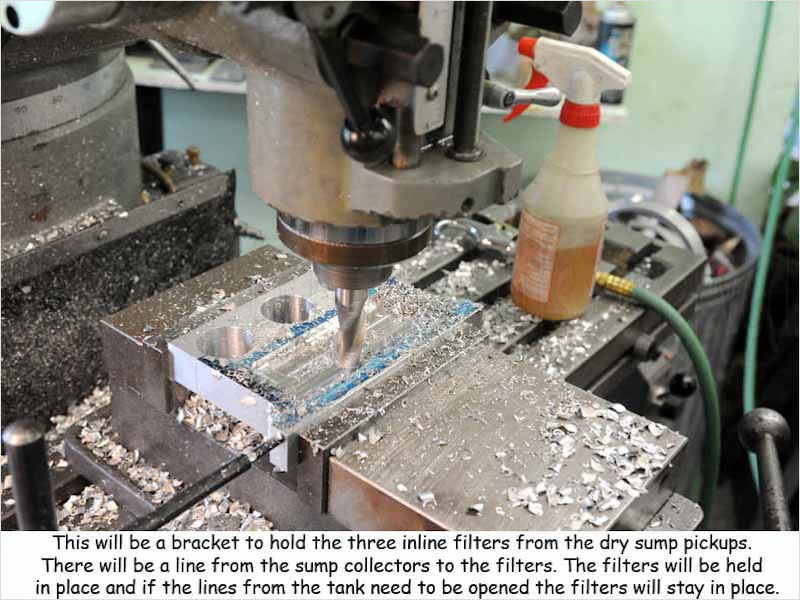Please no more closeups of those FANTASTIC welds.
You are totally missing the point that every picture shows multiple details that may not show elsewhere.
Not to mention that you can’t really appreciate the welds until you have welded a tube frame and spent time analyzing how on earth you are going to get the welding torch into that cramped space, and then end up contorting your body into a shape it wasn’t designed to contort into to get the perfect angle. All the while doing this in 100 degree heat while wearing a long sleeve heavy shirt and a welding mask that provides no ventilation.
But that’s not what this is about. I’m really writing about some blue paint I saw in this picture.

Every year they award Nobel prizes in chemistry, physics, etc. They truly miss the things that should get Nobel prizes like Velcro, air driven nailers . . . and Dykem Steel Blue.
This is preaching to the choir for a lot of you, but for everyone here that has machined something, there are a hundred that haven’t.
At some point in the build you realize you need a widget. After scouring the catalogs you realize you need to fabricate it. You could take it to your local machine shop. They hate one-off pieces. They only make money on longer runs.
To make it yourself the first thing you need is a Bridgeport Series 1 mill. There are thousands upon thousands of them out there. Virtually unchanged since the 1930’s. Oh sure, you can get automatic feed, digital readouts, all the way to full CNC versions. You can get Chinese knockoffs too. (Oh please don’t.) The manual version works very nicely.
The part in the picture is held in a machinists vice. A very precise tool that is strong enough to hold against the force of the cutter that is ripping the metal off and trying to shove your part 30 feet across the shop floor. Notice that the part isn’t on the bottom of the vice. You need to drill through the material and cut the edge all the way. So you start with two pieces of precision ground stock to space your part up, tighten the vice and then remove the blocks.
Notice the black bar on the bottom left. If you need to pull the part out and put it back the stop allows you to do that without losing position. The squirt bottle with coolant is normal, as is the air nozzle that has no doubt had the OSHA nozzle removed and a copper line inserted to be able to blow out the tapped holes.
Back to the blue paint. At some point you need to design the widget. After you get your sketch down on paper you need to figure out how that’s going to turn into a block of aluminum. It helps to visualize it if you can see the part on the aluminum. One of the problems without a digital readout is the dial on the handle is your measuring tool. It's all too easy to turn it precisely to the correct value, but an extra turn too far, scrapping the part. With the marking on the part you prevent that.
A pencil leaves a really wide mark no matter how sharp. Scribing a line is much better, but doesn’t show up at all on the shiny aluminum. The hallmark is the 4 ounce brush-in-cap bottle of Dykem Steel Blue. “Hides the glare, shows the mark.” Yeah, they make it in aerosol spray, felt tip markers, and 5 gallon pail, but I would bet that part was done with a 4 oz bottle. You can tell the machinists in the restaurant by the blue on their fingers.